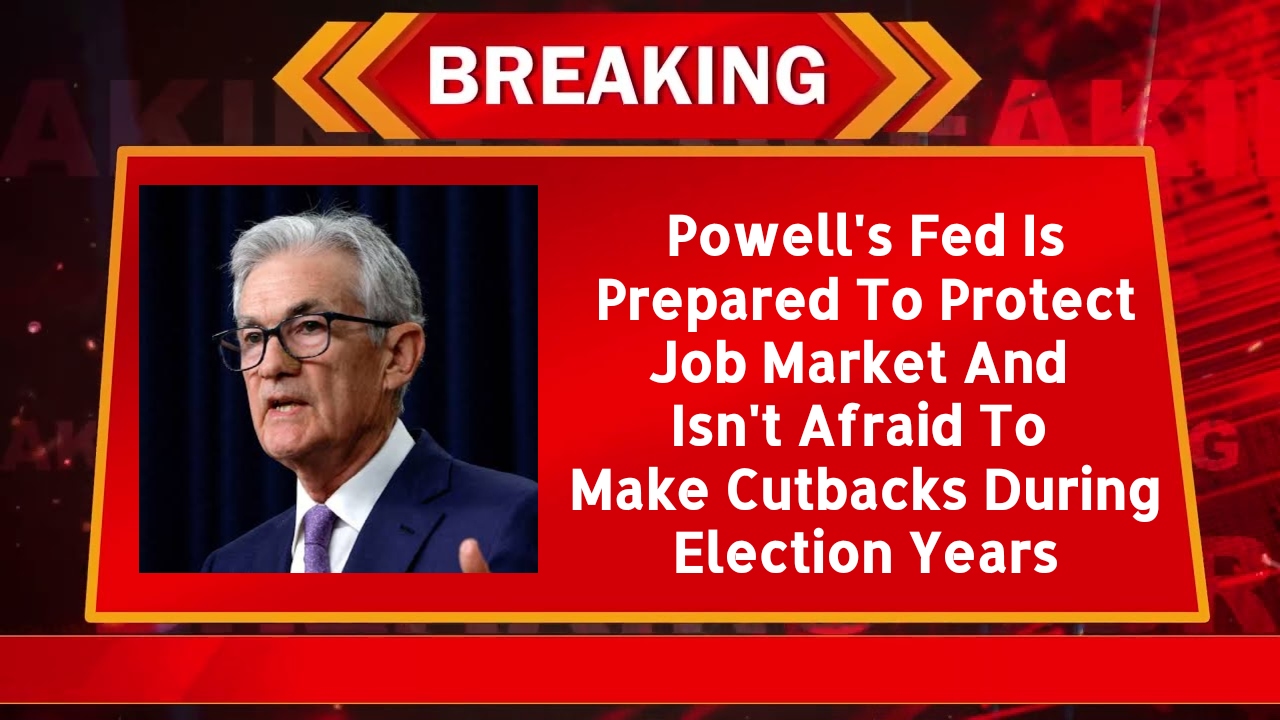Jerome Powell, the chair of the Federal Reserve, made it abundantly evident on Friday that safeguarding the labor market was now the central bank’s top priority and that it would not hesitate to switch to interest rate reductions in the closing weeks of a presidential election campaign.
Federal Reserve’s Battle With Inflation
The Federal Reserve’s battle with inflation was over, according to Powell, and protecting jobs would now take precedence. This announcement coincided with Vice President Kamala Harris’s acceptance of the Democratic nomination for president, which threw off the race and shifted the odds in favor of Republican nominee and former President Donald Trump. The comments set the stage for the Fed to drop interest rates for the first time on September 17 and 18.
Numerous Republican lawmakers and Trump, who harshly criticized Powell despite having chosen him for the top Fed position, have warned that this action would be interpreted as a politicized attempt to boost the economy before the election. In the last four weeks, Powell and other policymakers including those Trump appointed, like Fed Governor Christopher Waller have gradually moved toward a consensus rate cut at the meeting next month. They have done so by citing economic data that increasingly shows inflation is declining as labor market risks rise.
Rate Cutting Cycle
The Fed has previously started a rate cutting cycle during an election year, and in those cases, both incumbents and challengers have won and lost. This is not the first time this has happened. However, a rate reduction on September 18 would mark the second-closest policy shift to occur before a presidential election since at least 1976, at about seven weeks. The Fed’s head at the time, Arthur Burns, started a brief cycle of rate hikes only four weeks before an election in which Republican President Gerald Ford and Democratic opponent Jimmy Carter were to square off.
Unemployment Rate Increased
Powell stated that the Fed had had enough after the unemployment rate increased by over a percentage point over the previous year, from 3.4% to 4.3%. Congress has mandated that the Fed maintain the highest level of employment in accordance with stable inflation. Powell stated that the central bank was going to do everything in its power to support a robust labor market, amid signs that price pressures were abating and many hiring measures were beginning to wane. Some analysts speculated that this could lead to an initial reduction of half a percentage point rather than the more customary quarter-percentage-point increments.
Benchmark Policy Rate
Considering Powell’s remarks throughout the 2021-22 inflation spike, there was a noticeable change in tone. In March 2022, the Federal Reserve started increasing its benchmark policy rate, which would be the highest in 25 years. Two years prior, at the Jackson Hole summit, the Fed issued a warning, stating that families and workers will experience pain due to increased credit prices and unemployment rates. Certainly, the cost of credit increased. In July 2023, the Fed’s policy rate reached a plateau, and the average interest rate on a 30 year fixed-rate house loan increased from less than 3% in the summer of 2021 before the rate hikes started to nearly 8% last October.

